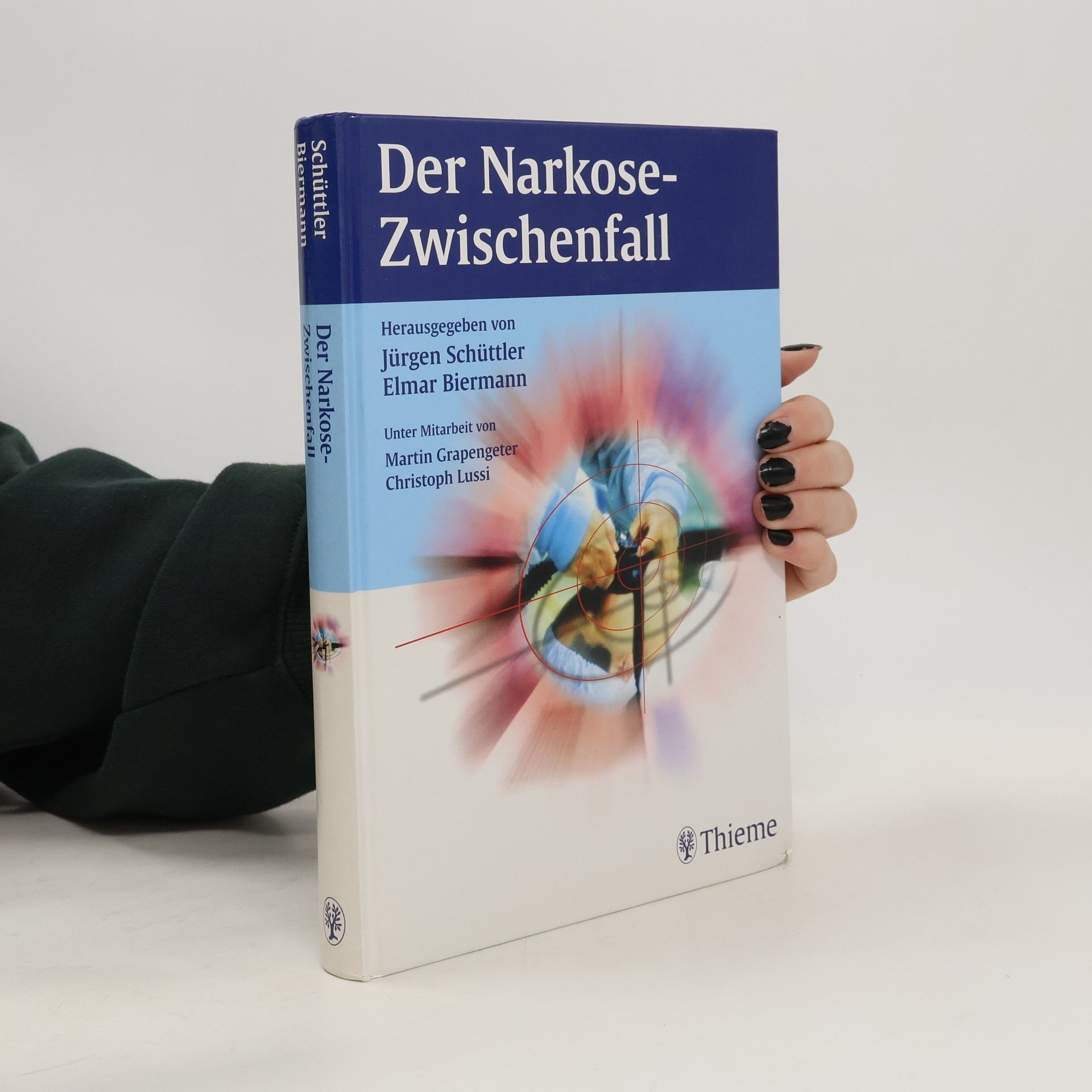Der Narkosezwischenfall
- 275 pages
- 10 hours of reading
Eine Narkose ohne jedes Risiko gibt es nicht. Jeder Anästhesist wird während seiner Laufbahn mit kritischen Situationen konfrontiert und möchte daher auf solche Fälle vorbereitet sein. Der Narkosezwischenfall gibt Anleitungen zum überlegten und zielgerichteten Verhalten in Problemsituationen - bei technischen Schwierigkeiten und Defekten und bei eher seltenen lebensbedrohlichen Zwischenfällen. Souveränes und effektives Krisenmanagement: Sicherheit in Krisensituationen durch Hintergrundwissen zur Entstehung von Problemen, systematische Anleitung zur Vermeidung von Fehlern und Gefahren, Informationen zur Psychologie des Krisen- und Stressmanagements. Das Simulatortraining in Buchform: basierend auf den langjährigen Erfahrungen mit dem Erlanger Anästhesie-Simulator. Medikolegales Krisenmanagement: alle relevanten Informationen für den Krisenfall einschließlich Verhaltensstrategien, Aufklärungsproblematik und Prozessverlauf.
